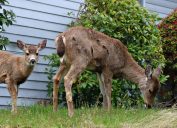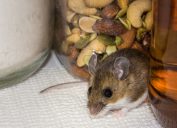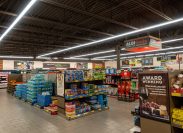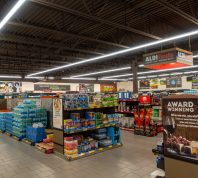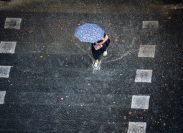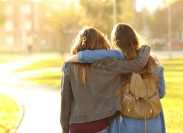10 Surprising Things Attracting Bats to Your Home
Discover what you need to do to keep these flying pests from seeking shelter in your space.
There are few things more unnerving than finding an uninvited pest in your home, be it a mosquito, mouse, or garter snake. However, when those pests are bats that screech and fly around your house in the middle of the night, they're all the more unwelcome. Even worse, these flying critters can transmit several diseases to humans, including SARS, MERS, and Ebola, just to name a few.
Jim McHale, president of JP McHale Pest Management, notes that bats cohabitate with humans for three main reasons— harborage, food, and water—so if they have easy access to these things, they might be stopping by. If you want to keep your space safe from these unwanted visitors, read on to hear from McHale and other pest experts about eight surprising things that attract bats to your home.
RELATED: 8 Things in Your Yard That Are Attracting Snakes to Your Home.
What Attracts Bats to Your Home
1. Tiny gaps and cracks
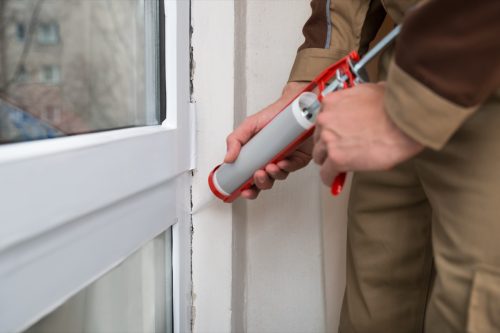
A lot of the time when bats come into your home, they're looking for places to nest or give birth.
Tom West, district manager at Trutech Wildlife Services, points out that certain species—like the Brazilian free tail, big brown bat, and little brown bat—can create maternity roosts (warm, safe places) in your home. "If the space is large enough, maternity roosts can have thousands of bats," he says.
Therefore, you want to make sure even the smallest of gaps are sealed to prevent them from getting in. Unlike raccoons or mice, when it comes to nesting, bats will not chew or claw anything open but rather squeeze their way into tight small openings and gaps, according to Jeremiah Woodward, service manager at Fox Pest Control.
Meg Pearson, training manager at Critter Control, says bats can enter spaces as small as 3/8 of an inch. If you have any such holes in spaces like your attic or basement, you might find yourself host to a bat colony.
2. Uncapped chimneys

Birds aren't the only visitors who may be making their way down your uncapped chimney—it could look inviting to bats, too. "Bats can enter your home by broken vents and chimneys, and they do so for various reasons," including seeking food and shelter, says Jack Miller, the pest infestation specialist behind How I Get Rid Of.
However, if bats have made their way in through your chimney, waste no time getting them back out. "Bats can cause health issues if left to become an actual infestation," Miller says. "Their guano [i.e., excrement] can accumulate and cause structural damage, and the guano can then attract insects."
RELATED: 7 All-Natural Ways to Keep Your Garden Pest-Free, According to Experts.
3. Night-blooming flowers

The right selection of plants can play a part in making your area more or less attractive to bats.
According to the U.S. Department of Agriculture (USDA) Forest Service, every spring the lesser long-nosed bat and the Mexican long-tongued bat, migrate from Mexico into Arizona, New Mexico, and Texas, where they feed on nectar.
In general, bats feed on flowers that are white or pale in color and are very fragrant, says the USDA.
Additionally, bats fly at night when they're usually trying to find a food source, so "night-blooming flowers like nicotiana, four o'clocks, petunias, and moonflowers will attract insects, thus attracting bats to the area," says James Agardy, ACE, technical and training manager at Viking Pest Control.
4. Old or dead trees

"The main thing that brings bats in your home is basically just a convenient place to roost and nest," says Woodward. And for many species of bats, dead trees are the perfect nesting locations.
According to Bat Conservation International, "the narrow, rough space between the bark and the wood provides the ideal space for a bat (or few) to squeeze in nice and tight."
West says to keep in mind that each state has its own laws about bat removal. "You cannot trap or kill a bat, and most states have blackout periods when you can remove a bat," he tells Best Life. So if you're planning to remove any old trees, do so before bats start moving in.
RELATED: 8 Foods That Are Attracting Mice Inside Your Home.
5. Shutters
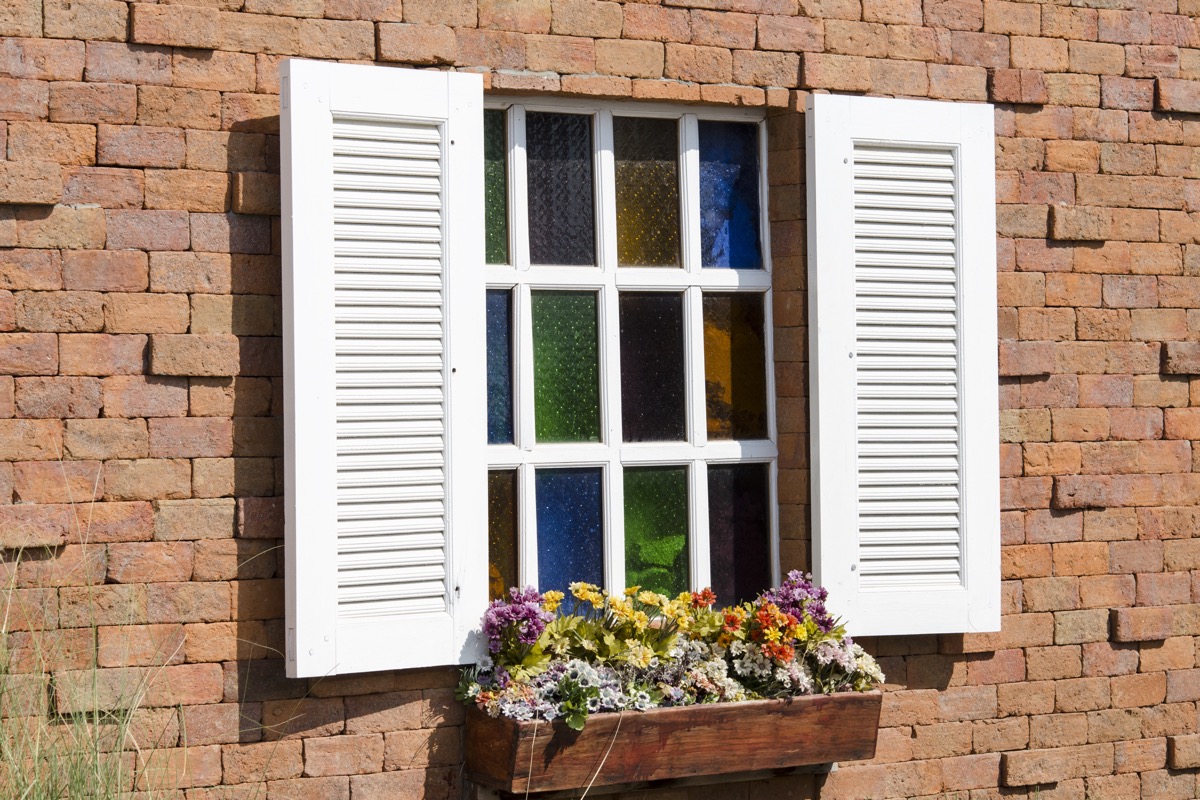
Sheila Donatelli, a board-certified entomologist and technical education manager for Western Exterminator, notes that bats are frequently found behind shutters.
"Bats seek warmer indoor environments to survive the colder winter season. This typically involves bats finding openings as minuscule as one-half inch in diameter," explains Donatelli, who adds that bats are "often attracted to areas with good airflow."
6. Dense vegetation

Like any other animal, bats are always looking for their next meal. The majority of bats in the United States are insectivores. "One bat can eat thousands of flying insects like mosquitoes in one night," says West.
Agardy explains that dense vegetation and overgrown grass attract more insects, and in turn, more bats.
And though bats can be beneficial in controlling the mosquito and insect population, Pearson notes that having them in your yard or garden can still be harmful. "Bats are a rabies vector species and exposure to their droppings, called guano, can be dangerous," she cautions.
RELATED: 9 Cleaning Habits That Attract Spiders.
7. Compost heaps

If you have a composter in your yard—especially if it's kept near your home—you may find bats making their way indoors before you know it.
"Bugs and insects like stinkbugs, beetles, and worms are a favorite snack for bats. So they can be attracted to a compost heap full of bugs, or any pest infestation like spiders and cockroaches," says Miller.
8. Clogged rain gutters
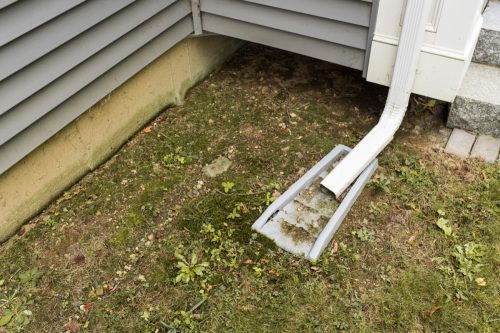
It's no surprise that multitudes of mosquitoes show up when there is standing water nearby, but did you know that it also attracts bats? Since insects migrate to these spots, bats won't be far behind.
"In addition to insects, bats also require a water source, so if there is a pond or creek on the property or in the nearby surrounding area there will be an increased chance of bat activity," says Agardy, who adds that oftentimes clogged rain gutters can hold enough water to satisfy their needs.
RELATED: 7 Reasons Mosquitoes Are Attracted to You, According to Science.
9. A damaged roof
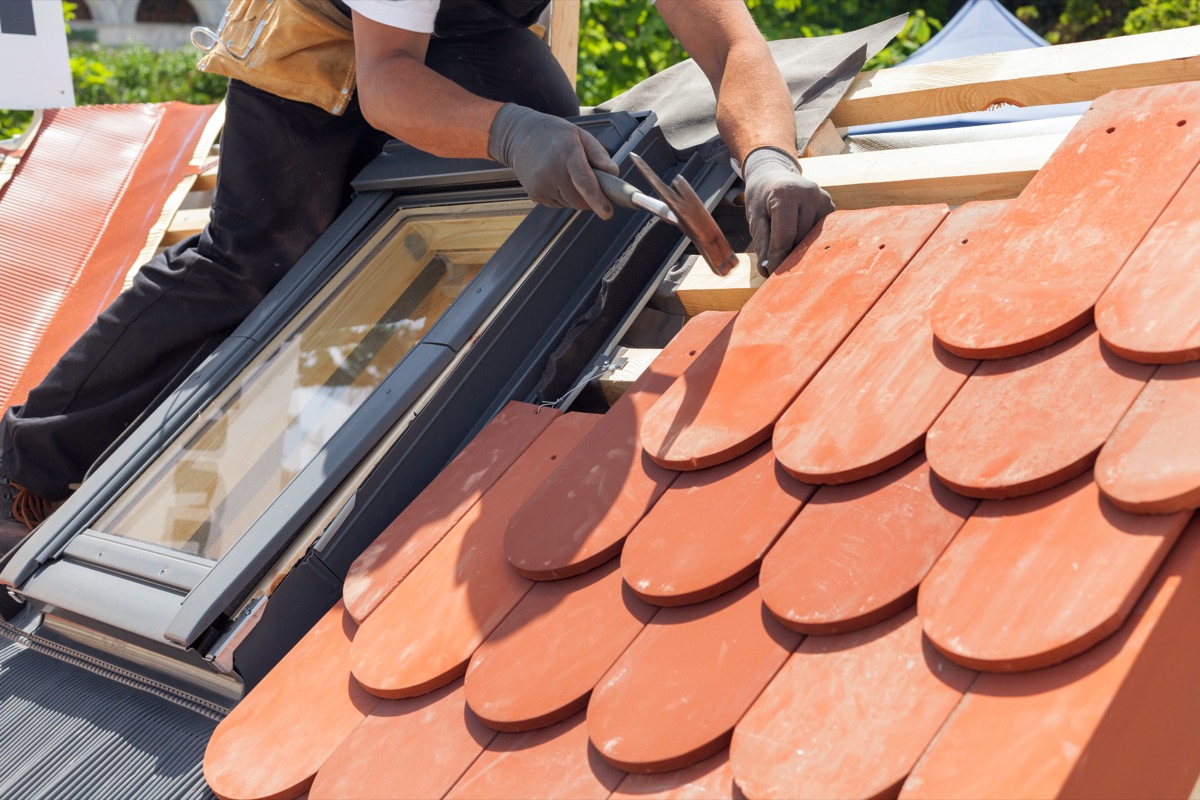
If you've been putting off replacing those missing shingles on your roof, don't be surprised if you find your space becoming a comfortable home base for bats.
"Seal up access points to your home to ensure bats don't make their way to the attic, which is a very nice, comfortable spot for them to roost. This includes repairing your roof if it is damaged," says Zachary Smith, president of Smith's Pest Management in California's Greater Bay Area.
10. Improperly sealed siding
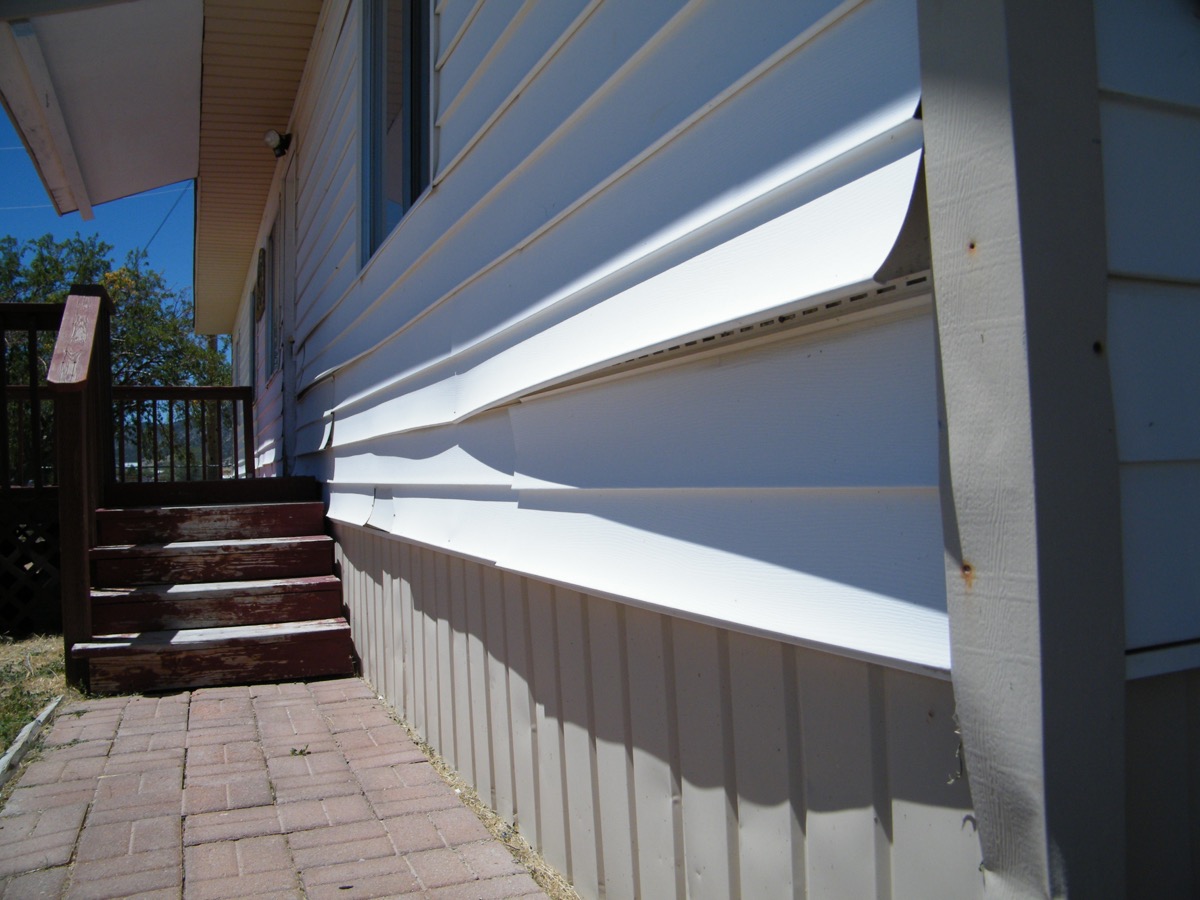
That gapping siding is more than aesthetically displeasing—it could also be making your home seem like a particularly hospitable place for bats.
"The main 'attraction' for bats in your home is improper sealing," says Chris Kadletz, founder of Go ProWildlife Removal in southeastern Alabama. "If your siding [is] not sealed properly, bats will enter."
For more pest advice delivered to your inbox, sign up for our daily newsletter.

